Autumn Olive: The Ultimate Guide To Growing And Using This Beautiful Shrub
Introduction
Autumn olive (Elaeagnus umbellata) is a deciduous shrub that is native to Asia. It was introduced to North America in the early 1800s as an ornamental plant and for erosion control. Autumn olive is now considered an invasive species in many parts of the United States, but it can still be a beautiful and useful plant in the right setting.
In this blog post, we will discuss the following:
- The characteristics of autumn olive
- How to grow autumn olive
- How to use autumn olive
- The pros and cons of autumn olive
Characteristics of Autumn Olive
Autumn olive is a fast-growing shrub that can reach heights of 10 to 15 feet. It has oval, dark green leaves that turn yellow, orange, and red in the fall. Autumn olive produces small, white flowers in the spring, followed by clusters of black berries. The berries are edible, but they are not very tasty.
Autumn olive is a hardy plant that can tolerate a wide range of conditions. It is drought-tolerant and can grow in full sun or partial shade. Autumn olive is also tolerant of a variety of soil types, including poor soil.
How to Grow Autumn Olive
Autumn olive is easy to grow from seed or from cuttings. If you are planting autumn olive from seed, sow the seeds in the fall or early spring. If you are planting autumn olive from cuttings, take cuttings in the spring or summer.
Autumn olive prefers full sun, but it can also tolerate partial shade. It is drought-tolerant, but it will do best with regular watering. Autumn olive is not very fussy about soil, but it will do best in well-drained soil.
How to Use Autumn Olive
Autumn olive can be used in a variety of ways. It can be used as an ornamental shrub, for erosion control, or as a wildlife food source. Autumn olive is also a good source of nectar for bees and butterflies.
The Pros and Cons of Autumn Olive
Autumn olive has both pros and cons. Some of the pros of autumn olive include:
- It is a fast-growing shrub that is easy to care for.
- It is drought-tolerant and can grow in a variety of conditions.
- It provides food and shelter for wildlife.
Some of the cons of autumn olive include:
- It is an invasive species in many parts of the United States.
- It can be aggressive and crowd out native plants.
- The berries are not very tasty.
Conclusion
Autumn olive is a beautiful and useful shrub, but it is important to be aware of its potential drawbacks before planting it. If you are considering planting autumn olive, be sure to do your research and choose a location where it will not become invasive.
FAQ of autumn olive
- What is autumn olive?
Autumn olive (Elaeagnus umbellata) is an invasive shrub native to Asia. It was introduced to the United States in the 1800s and was widely planted for erosion control and wildlife habitat. However, autumn olive has since become an invasive species, displacing native plants and disrupting ecosystems.
- Where does autumn olive grow best?
Autumn olive grows best in full sun and well-drained soil. It is moderately shade tolerant and can tolerate a variety of soil types. However, it is most common in disturbed areas, such as old fields, roadsides, and forest edges.
- Is autumn olive edible?
The fruits of autumn olive are edible and can be eaten raw or made into jam. However, the seeds of autumn olive are poisonous and should not be eaten.
- How can I control autumn olive?
There are a number of ways to control autumn olive, including:
* Mechanical removal: Autumn olive can be removed by cutting it down or pulling it up by the roots. However, this is only a temporary solution, as autumn olive will resprout from the roots.
* Chemical control: Autumn olive can be killed with herbicides. However, herbicides can be harmful to the environment, so they should only be used as a last resort.
* Biological control: Native insects that feed on autumn olive can be used to control the spread of the plant. This is a more sustainable approach to control than herbicides, but it can take several years to see results.
- What are the impacts of autumn olive on the environment?
Autumn olive can have a number of negative impacts on the environment, including:
* Displacing native plants: Autumn olive can outcompete native plants for sunlight, water, and nutrients. This can lead to the loss of native plant diversity.
* Altering ecosystem functions: Autumn olive can change the way that ecosystems function. For example, it can alter the fire regime in a forest, making it more prone to wildfires.
* Threatening wildlife: Autumn olive can be toxic to some wildlife, such as birds and mammals. It can also provide a breeding ground for pests that can harm native plants and animals.
Image of autumn olive
- Image 1: A close-up of the silvery, olive-like leaves of an autumn olive shrub.
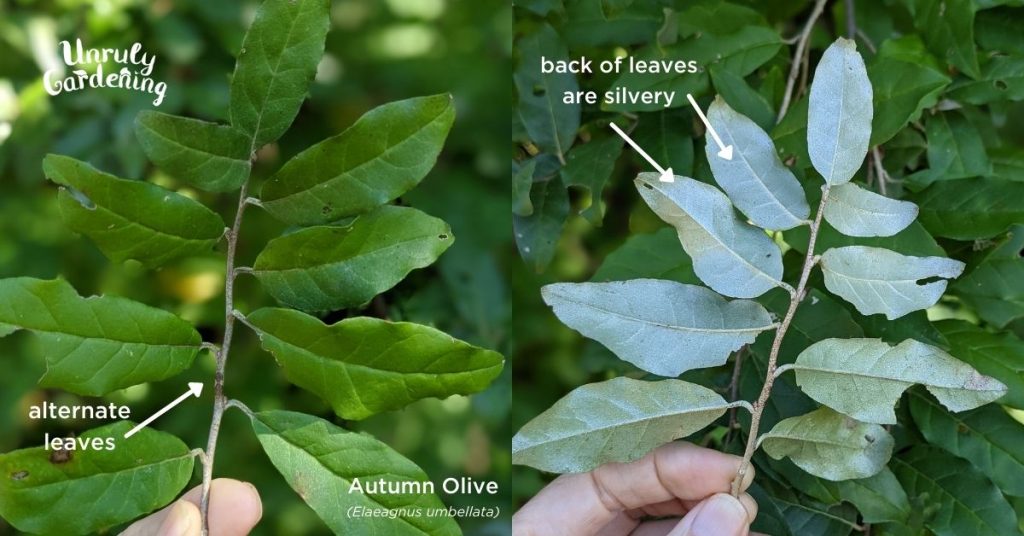
- Image 2: A cluster of pale yellow flowers on an autumn olive shrub.

- Image 3: A mature autumn olive shrub with silvery leaves and red berries.
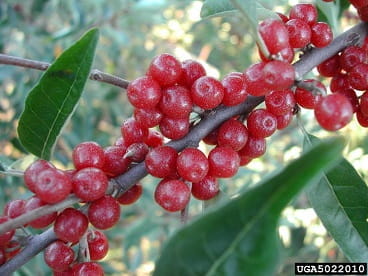
- Image 4: A young autumn olive tree with silvery leaves and green berries.
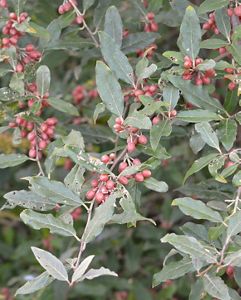
- Image 5: A field of autumn olive shrubs in the fall, with their leaves turning red and orange.

- Image 6: A close-up of the red berries of an autumn olive shrub.
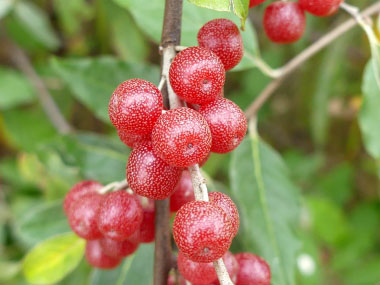
- Image 7: A bird eating the red berries of an autumn olive shrub.
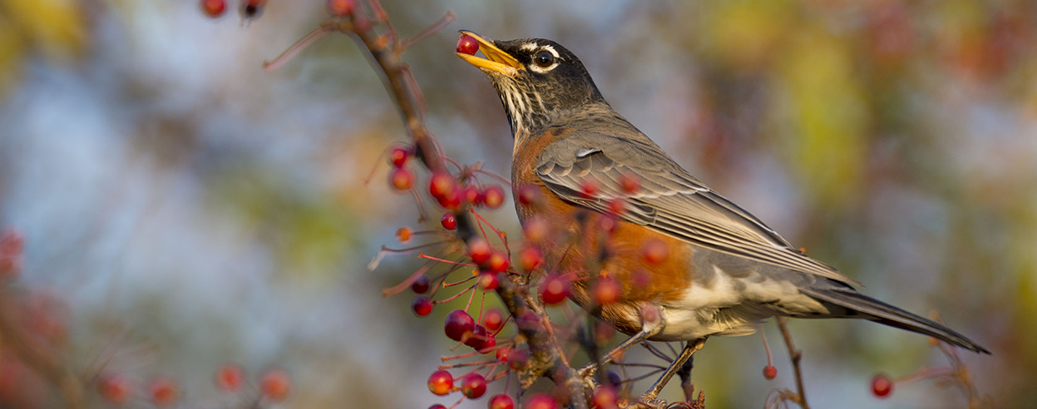
- Image 8: A squirrel eating the red berries of an autumn olive shrub.
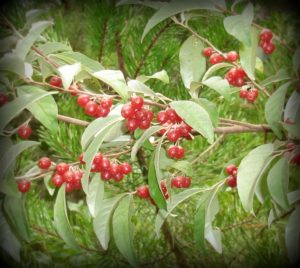
- Image 9: A close-up of the seeds of an autumn olive berry.
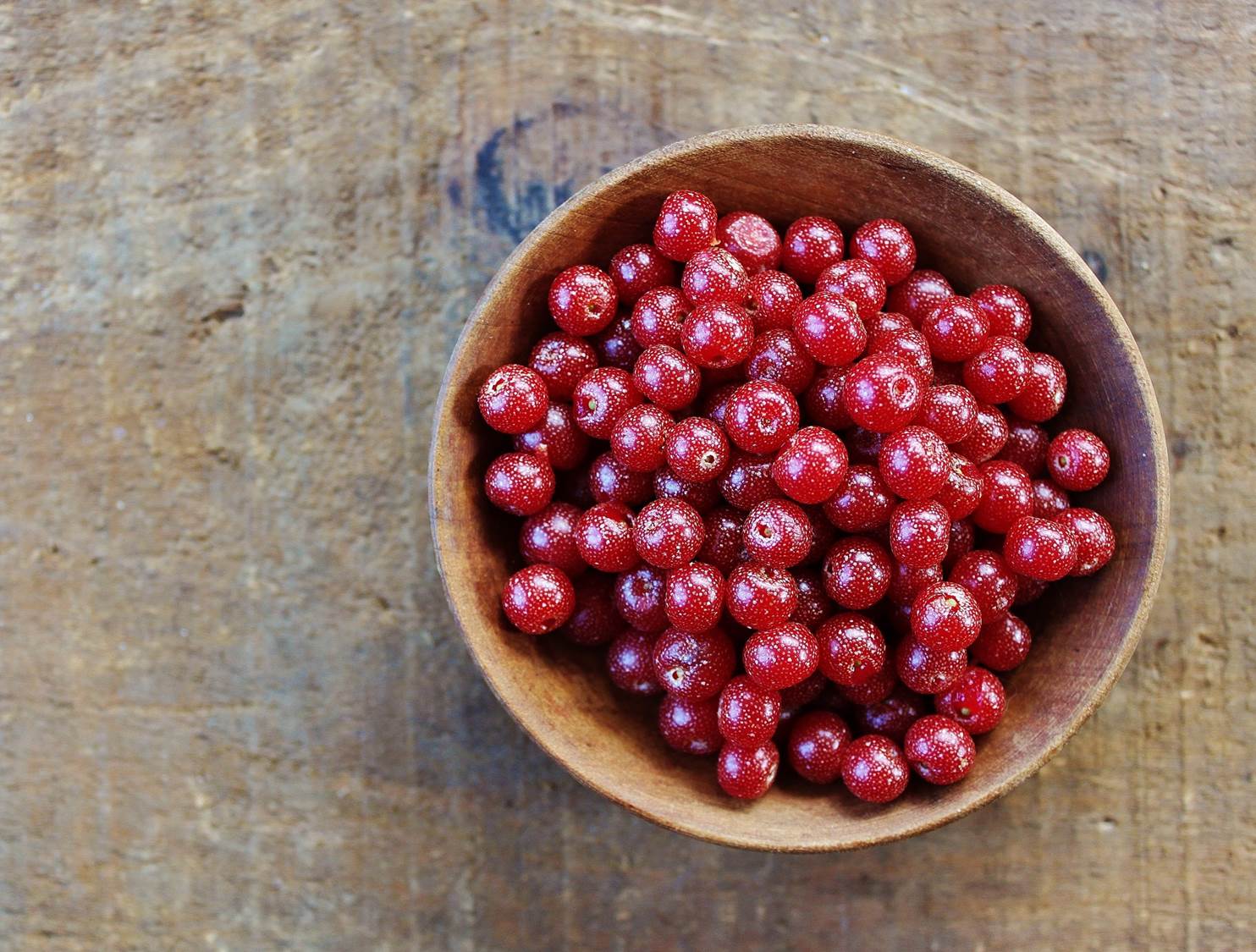
- Image 10: A dried autumn olive berry, with its seeds exposed.

Post a Comment for "Autumn Olive: The Ultimate Guide To Growing And Using This Beautiful Shrub"